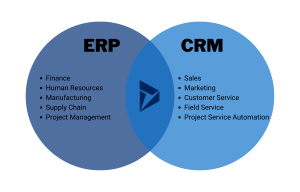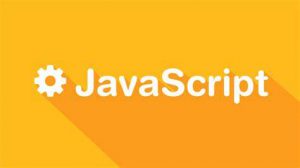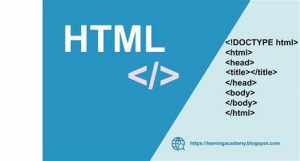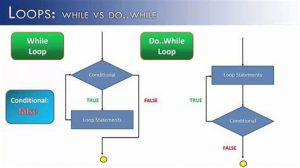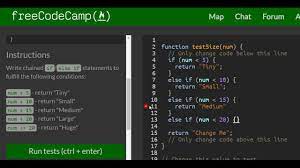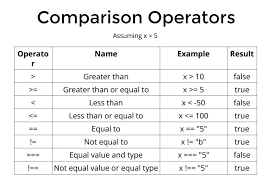Hello everyone,
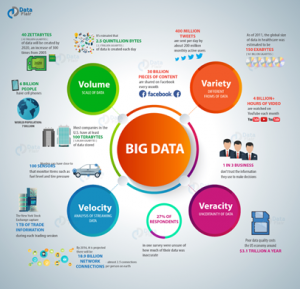
Many businesses use two different types of data analytics within their company/organization to keep track of different things, these two data analytics are descriptive and predictive analytics. Descriptive analytics is data from the past. This type of analysis is going to tell us what has already happened. While analyzing this type of data we will be able to see different trends and relationships that occurred before. This can show us how and what a company/organization did to ensure the success of their business. Next, we have predictive analytics. Predictive analytics is a statistical algorithm that makes predictions about future trends. This can give insight into how different services change in the future. Predictive analytics can be a very useful tool for businesses when trying to gain an advantage in a competitive market or increase assets within their organizations.
One thing we must ask ourselves is where descriptive and predictive analytics get their data from? The answer is big data. Big Data can be described with the 4 v’s. The first is volume which accounts for data, it’s important to remember that this has to be a huge amount to be considered big data. Our second V to look at is velocity, this is the speed at which new data is changing, these are the rates of change and transmission. The third V is variety, it’s important that big data includes many different types of data, for example structured data, and unstructured data. Finally, veracity, this refers to the accuracy of the data that’s being collected, it’s important that it is truthful. These make up what big data is, which is then used by descriptive and predictive analytics collection.
